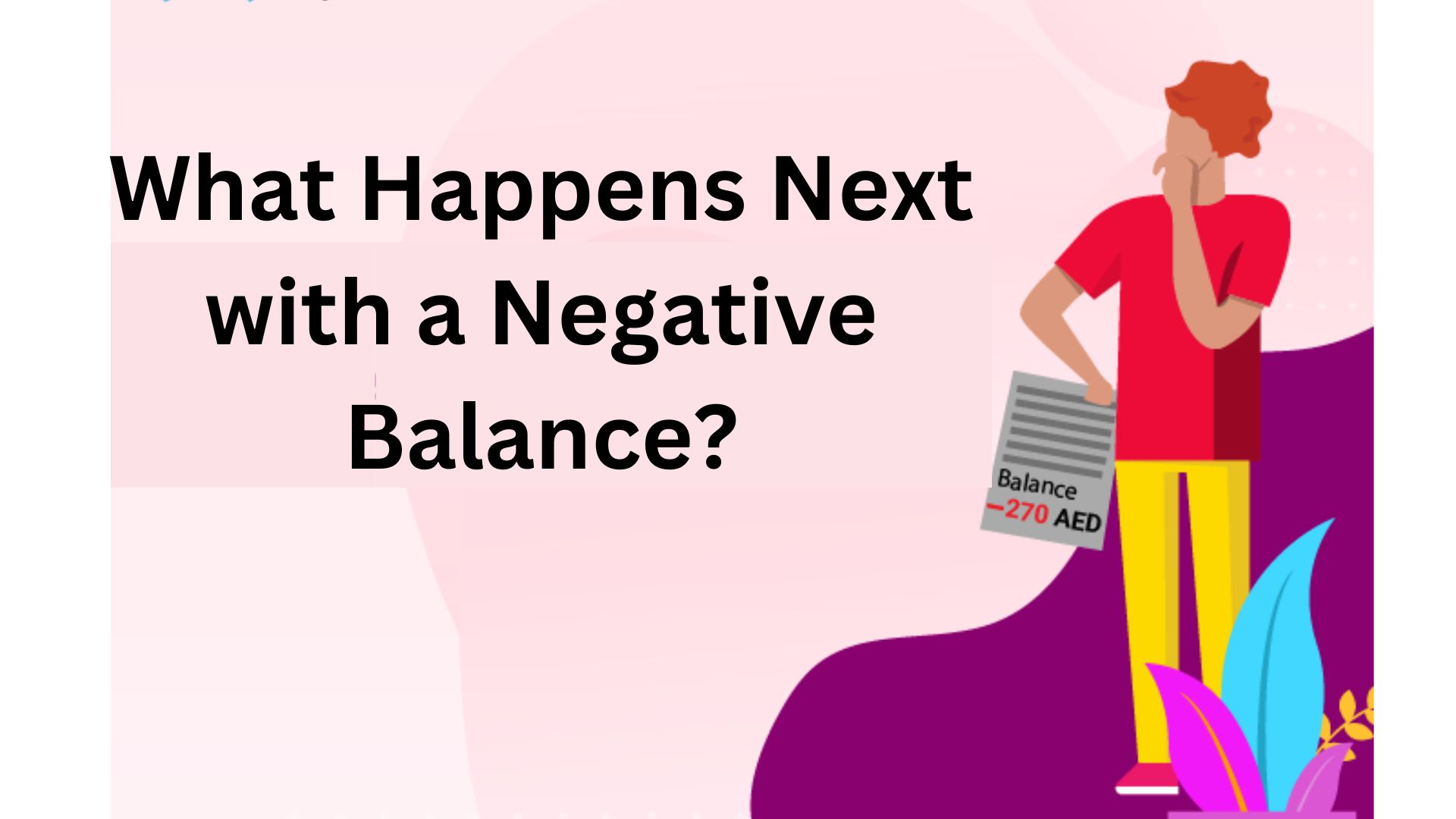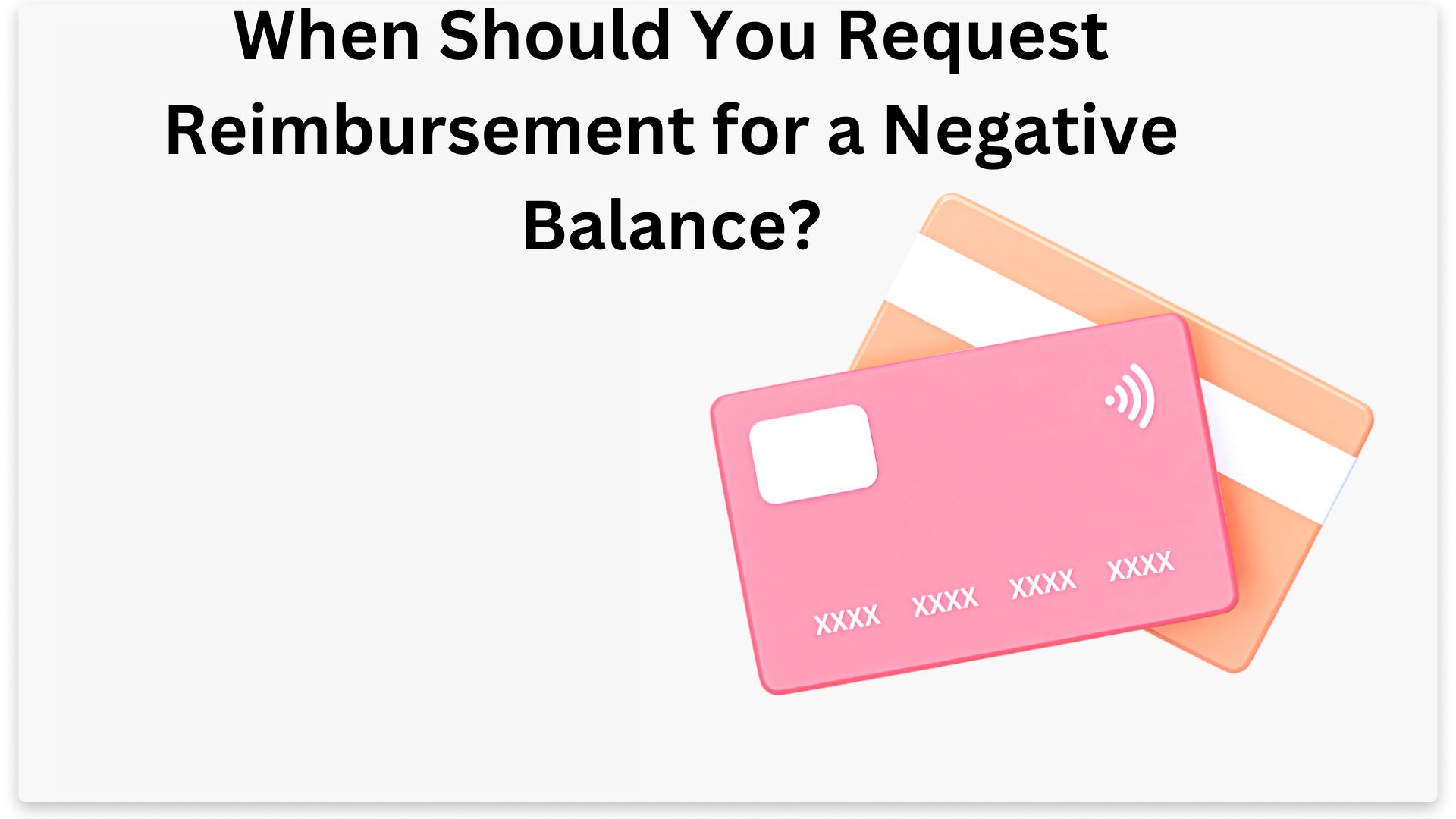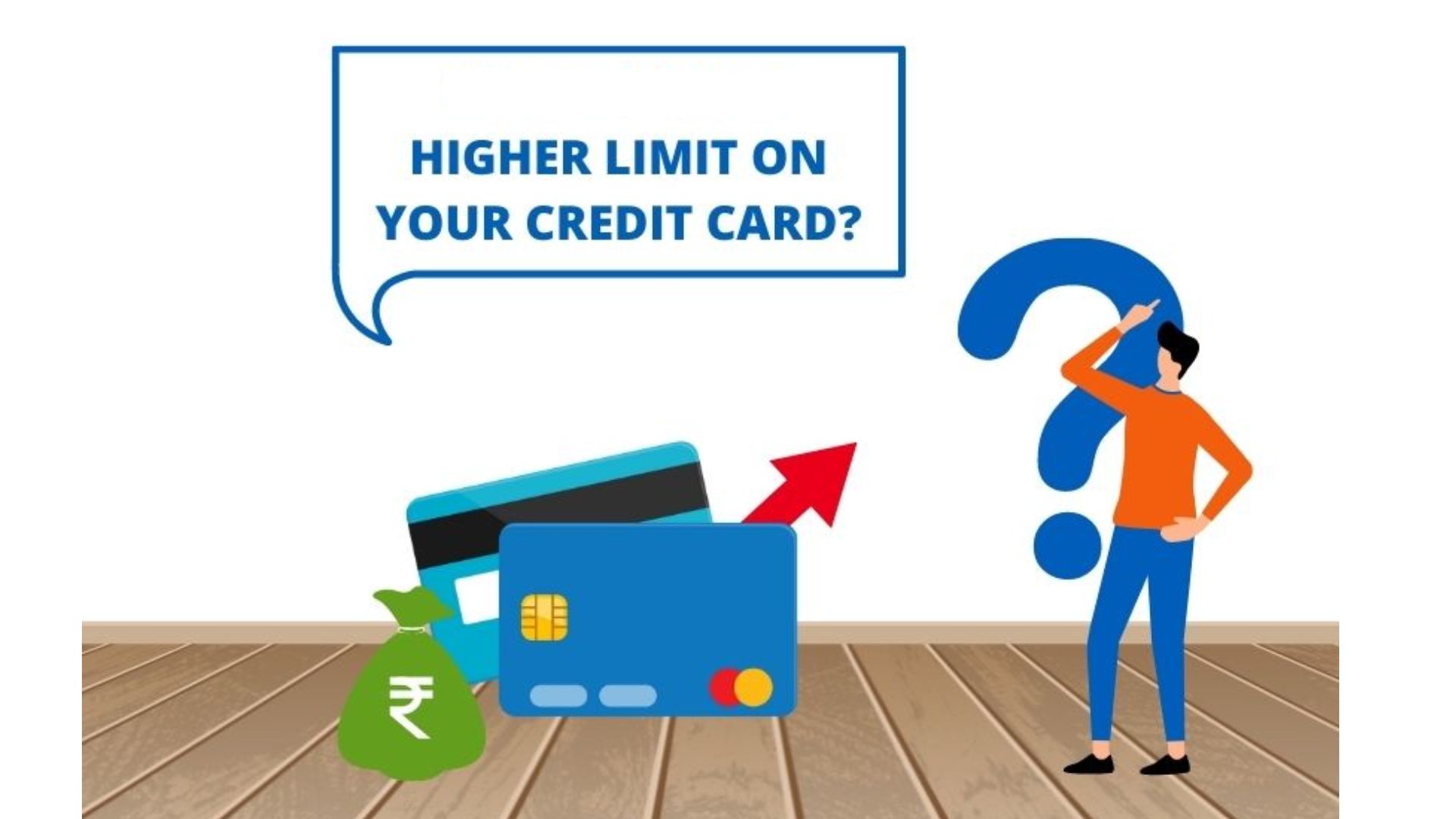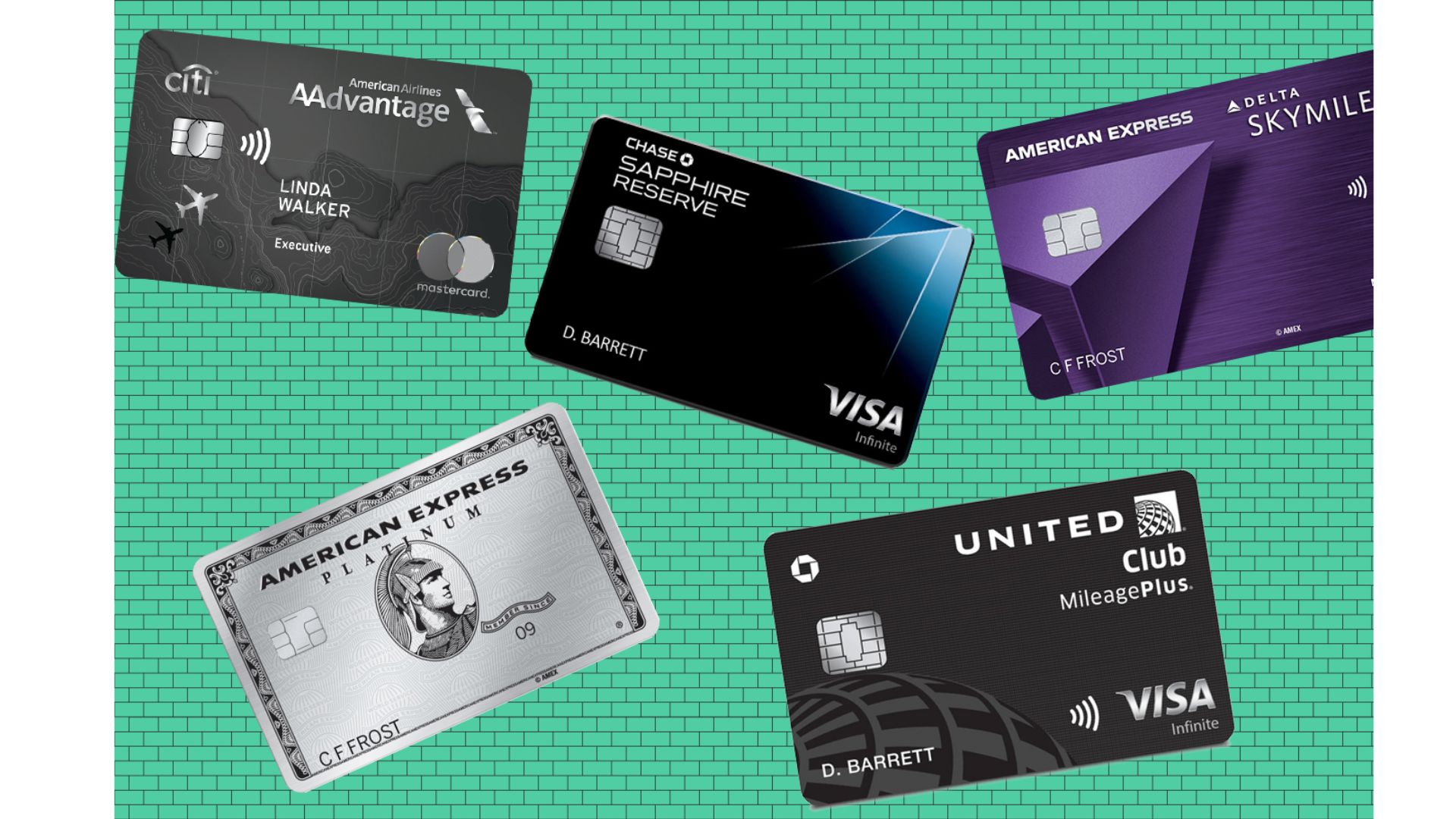In the world of credit cards, we often focus on managing our balances, making payments, and avoiding high-interest rates. However, have you ever considered the possibility of a negative balance on your credit card? It might sound unusual, but it happens more frequently than you might think. In this comprehensive guide, we will delve into the concept of a “negative balance on a credit card” and explore when credit card companies must reimburse you after it occurs.
What Is a Negative Balance on a Credit Card?

A negative balance on a credit card is a situation where your credit card company owes you money, rather than the other way around. In simple terms, you have paid more than the total balance due on your credit card. This occurrence can be either accidental or intentional.
Common Ways a Negative Balance Occurs

Negative credit card balances can occur through various means, and understanding these scenarios is crucial:
- Overpayment: Sometimes, you might intentionally overpay your credit card bill, effectively creating a negative balance. This tactic can be employed to gain additional spending power on your card, reducing the need for carrying extra cash, which can be convenient for various purposes, such as vacations.
- Payment by Check: Credit card companies typically prevent you from paying more than what you owe online. However, if you choose to pay by check, you may bypass this policy and end up with a negative balance.
- Refunds for Returns: If you return a purchase, and the merchant refunds the amount to your credit card, it can push your balance into negative territory.
- Statement Credits: Certain credit cards offer rewards in the form of statement credits. If you redeem these credits, and the total exceeds your outstanding balance, a negative balance will occur.
What Happens Next with a Negative Balance?
Understanding what might happen after a negative balance occurs is essential, as credit card company policies can vary in this situation. Here are a few key considerations:
- Transaction Approvals: Suppose your credit limit is $1,000, and you have a negative balance of $500. This effectively gives you up to $1,500 in spending power. You’ll likely be able to make a series of transactions totaling $1,500. However, whether a single $1,500 transaction is approved may depend on your specific credit card company’s policies.
- Reimbursement Timeframe: The law mandates specific guidelines regarding how quickly credit card companies need to reverse a negative balance. If you submit a written request for the money you’re owed, the creditor must honor it within seven business days. In the absence of a written request, the creditor is still obligated to reimburse you within six months. It’s worth noting that most major credit card companies typically expedite this process.
Now that you have a clearer understanding of negative credit card balances, you might be contemplating the benefits of a credit card with a higher limit. With a higher limit, you won’t need to overpay to gain more spending power temporarily. If you’re interested in exploring your options, you can check out WalletHub’s latest recommendations for the best high limit credit cards available in the market today.
When Should You Request Reimbursement for a Negative Balance?
In cases where you end up with a negative balance on your credit card, it’s important to know when and how to request reimbursement. As mentioned earlier, if you submit a written request for the money you’re owed, your creditor must honor it within seven business days. However, if you do not submit a formal request, your credit card company is still legally obligated to reimburse you, but within a more extended timeframe of six months.
Most major credit card companies prioritize customer satisfaction and, in practice, tend to reimburse negative balances much sooner than the six-month window. Nevertheless, it’s wise to keep track of your transactions, especially if you have a significant negative balance, to ensure you receive the funds promptly.
The Importance of a Credit Card with a Higher Limit
Negative balances on credit cards can result from various circumstances, but they are often a result of overpayments or refunds. While this can provide you with temporary spending power, it may not be a practical or efficient solution in the long run. If you frequently find yourself in a situation where you need more spending power on your credit card, it may be worth considering a credit card with a higher limit.
A credit card with a higher limit not only reduces the need to manipulate your balance but also offers greater flexibility for your financial needs. Whether you’re planning a big purchase, going on a vacation, or simply want to have more room for managing your day-to-day expenses, a high limit credit card can be a valuable addition to your wallet.
Exploring High Limit Credit Cards
To help you find the right high limit credit card that suits your financial goals and lifestyle, we’ve compiled a list of some of the top options available on the market. These cards offer substantial credit limits and come with a range of benefits that can enhance your financial experience.
- Chase Sapphire Reserve: Known for its premium rewards and travel benefits, the Chase Sapphire Reserve offers a generous credit limit to qualified cardholders. It’s an excellent choice if you’re a frequent traveler or someone who values luxury perks.
- American Express Platinum Card: The American Express Platinum Card is synonymous with premium services and exceptional credit limits. Cardholders enjoy access to airport lounges, concierge services, and various travel credits.
- Citi Prestige Card: The Citi Prestige Card offers a high credit limit and a range of travel and dining benefits, making it an ideal choice for those who appreciate luxury experiences.
- Capital One Venture X Rewards Credit Card: Capital One’s Venture X card provides a generous credit limit and offers valuable rewards for travel and everyday spending. It’s a versatile option for those who want a flexible credit card.
Conclusion
A negative balance on a credit card may seem like a rare occurrence, but it can happen for various reasons. Whether it’s due to overpayments, refunds, or statement credits, understanding the implications of a negative balance is crucial. Moreover, knowing when to request reimbursement and considering the benefits of a credit card with a higher limit can help you manage your finances more effectively.
While negative balances can offer temporary spending power, they may not be the most efficient way to handle your financial needs. If you find yourself frequently in need of more credit, it might be worth exploring high limit credit cards. These cards provide the flexibility and convenience you need to manage your expenses and achieve your financial goals without the need to artificially create negative balances.
Frequently Asked Questions (FAQs)
What is a negative balance on a credit card?
A negative balance on a credit card occurs when you have overpaid your credit card bill or received credits that exceed your outstanding balance. In this situation, the credit card company owes you money.
Can I intentionally create a negative balance on my credit card?
Yes, you can intentionally create a negative balance by overpaying your credit card bill or by redeeming statement credits that exceed your outstanding balance. It can provide temporary spending power but may not be a practical long-term solution.
What happens when I have a negative balance on my credit card?
When you have a negative balance, you can use your credit card for additional purchases, up to the amount of the negative balance. However, the approval of large transactions may depend on your credit card company’s policies. Additionally, the credit card company must reimburse you for the negative balance within a specific timeframe, as mandated by law.
How do I request reimbursement for a negative balance on my credit card?
You can request reimbursement by submitting a written request to your credit card company. According to the law, the creditor must honor this request within seven business days. If you do not submit a written request, the creditor is still obligated to reimburse you, but within a maximum of six months. Most major credit card companies typically process reimbursements much sooner.
Is getting a credit card with a higher limit a better solution for increased spending power?
Yes, getting a credit card with a higher limit is a more practical and efficient solution for increased spending power. High limit credit cards offer greater flexibility and eliminate the need to create negative balances intentionally. They are ideal for individuals who want to make significant purchases or have more room for managing their expenses.





